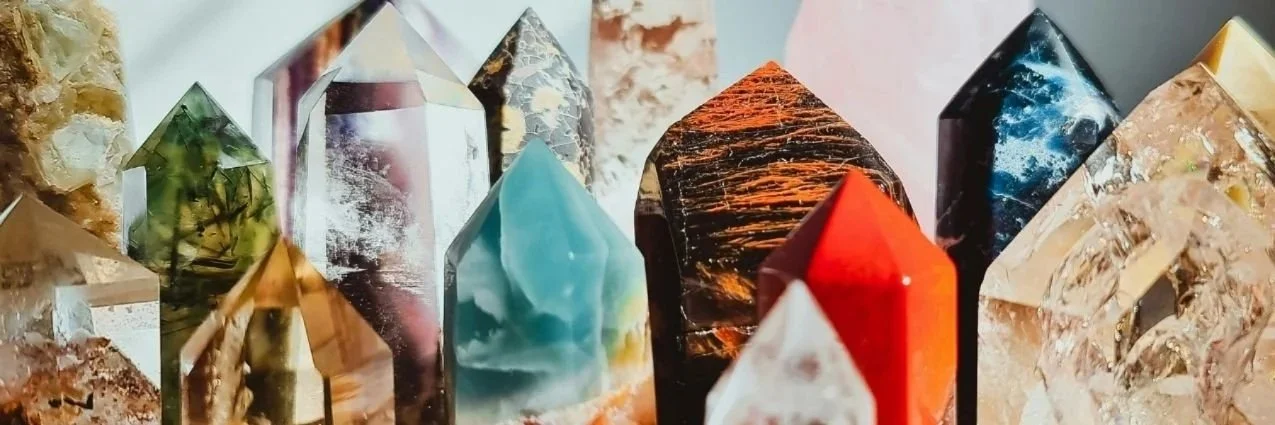What is Angelic Reiki?
Angelic Reiki is a profoundly gentle yet powerful form of energy healing that connects you directly with the unconditional love and wisdom of the angelic realms. Unlike traditional Reiki, which channels universal life force energy, Angelic Reiki acts as a bridge to the higher dimensions — inviting angelic beings to guide, support, and facilitate healing on all levels of being: physical, emotional, mental, and spiritual.
Developed by Kevin and Christine Core in the early 2000s, Angelic Reiki combines the original Reiki system with the divine frequencies of the angelic kingdom. It’s often described as a “higher octave” of Reiki — a purer vibration of light that transcends the limitations of human energy and ego, allowing healing to take place at a soul level.
At Rabbit Moon Reflexology & Reiki, Angelic Reiki is offered by a fully qualified practitioner trained to channel this sacred healing energy with integrity, compassion and deep respect for your spiritual journey.
How Angelic Reiki Works
During an Angelic Reiki session, your practitioner acts as a bridge between you and the healing energies of the angels, archangels, ascended masters, and galactic healers. The practitioner does not direct or manipulate the energy; instead, they serve as a pure, clear channel through which divine healing can flow exactly where it is needed most.
You remain fully clothed and relaxed on a comfortable treatment couch as soothing music plays. The practitioner places their hands gently on your shoulders or over specific areas of your body while the healing energy is channelled through.
The session typically lasts around 45–60 minutes, and the experience can feel different for everyone. Some people describe a sense of warmth, tingling, or lightness. Others see colours or symbols, or simply feel an overwhelming sense of peace. Whether subtle or profound, every Angelic Reiki session works for your highest good, helping you release what no longer serves you and realign with your true self.
The Unique Power of Angelic Reiki
What sets Angelic Reiki apart from other forms of energy healing is its vibrational purity and spiritual guidance. The healing comes directly from the angelic realm — not from the practitioner’s personal energy or intention — ensuring that it is always of the highest frequency and unconditional love.
Angelic Reiki works beyond time and space, addressing imbalances not just in the present moment but also from past lives, ancestral lines, and karmic patterns. It can help release emotional wounds, energetic blocks, and limiting beliefs that may have been carried unconsciously through lifetimes.
By connecting with the angelic light, you can experience profound transformation — awakening a deeper understanding of your purpose and potential.
Benefits of Angelic Reiki
Angelic Reiki can benefit anyone seeking physical, emotional, or spiritual healing. The energy is gentle yet powerful, offering restoration on multiple levels. Clients often report:
Deep relaxation and stress relief
Emotional balance and release of old trauma
Greater clarity and peace of mind
Strengthened intuition and spiritual awareness
Relief from anxiety, fatigue, or energetic heaviness
Support through times of change, loss, or transition
A renewed sense of purpose and connection to self
Angelic Reiki complements all forms of holistic and medical treatment, and can be a valuable part of your overall wellness routine.
What to Expect After a Session
After your Angelic Reiki treatment, you may feel lighter, calmer, or more aligned with your inner peace. Some clients notice an immediate sense of clarity or emotional release, while others experience gradual shifts in perspective and wellbeing in the days that follow.
Because Angelic Reiki works at such a high frequency, the healing process can continue for several days after the session as your body integrates the new energies. Drinking plenty of water, resting, and spending time in nature can help you ground and support this gentle realignment.
It’s common to feel more connected to your intuition, experience vivid dreams, or sense a closer relationship with your angels. These are all positive signs that your vibration is rising and your energy is being restored.
Why Work with a Qualified Angelic Reiki Practitioner
Although Angelic Reiki is safe and non-invasive, working with a qualified practitioner ensures that your session is held in a protected, grounded, and professional space. A trained practitioner has undergone attunements and initiations into the Angelic Reiki system, enabling them to channel the energy with clarity and respect for spiritual law.
At Rabbit Moon Reflexology & Reiki, your practitioner has completed professional Angelic Reiki training and continues to work under the highest ethical standards. Each session is carried out with care, confidentiality, and compassion — ensuring that your experience is both spiritually uplifting and emotionally supportive.
How Often Should You Have Angelic Reiki?
There is no “one size fits all” answer. Some clients choose a single session for relaxation and energy clearing, while others enjoy a series of treatments to support emotional healing or spiritual growth.
For ongoing wellbeing, many find that monthly sessions help them stay balanced and aligned. Your practitioner can discuss your personal goals and suggest a rhythm that feels right for you.
Experience Angelic Reiki at Rabbit Moon Reflexology & Reiki
If you’re feeling stressed, disconnected, or in need of spiritual renewal, Angelic Reiki offers a sanctuary of light and peace. It’s an invitation to reconnect with your divine essence — to remember that you are supported, loved, and guided at all times.
At Rabbit Moon Reflexology & Reiki, each Angelic Reiki session is lovingly tailored to your energy, ensuring a unique and nurturing experience every time. Whether you’re seeking emotional release, clarity, or spiritual connection, this high-vibrational healing can bring comfort and transformation to every part of your being.

